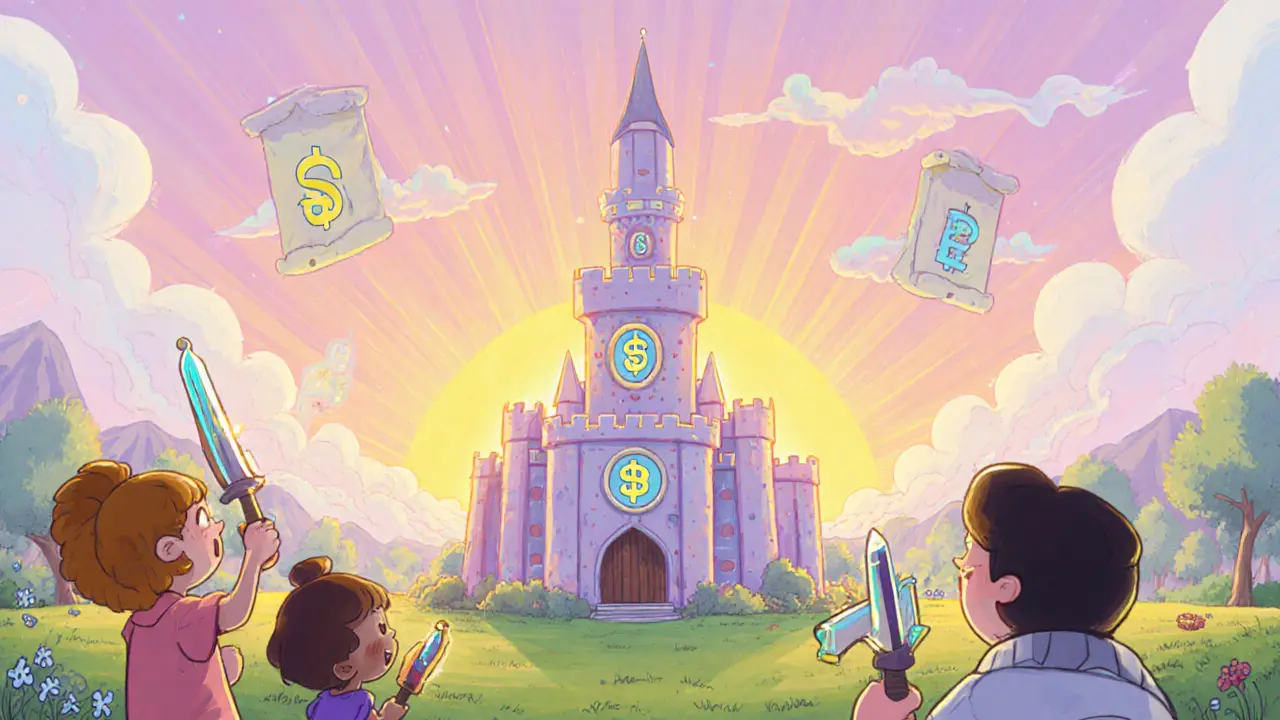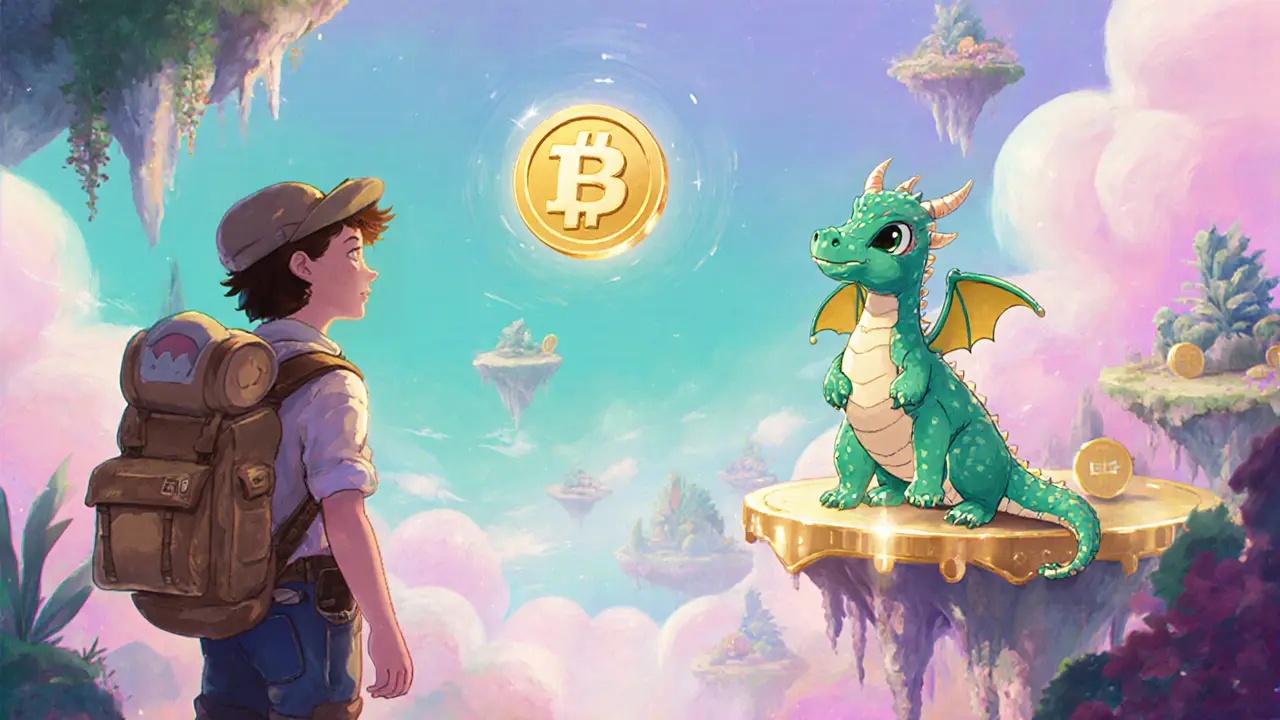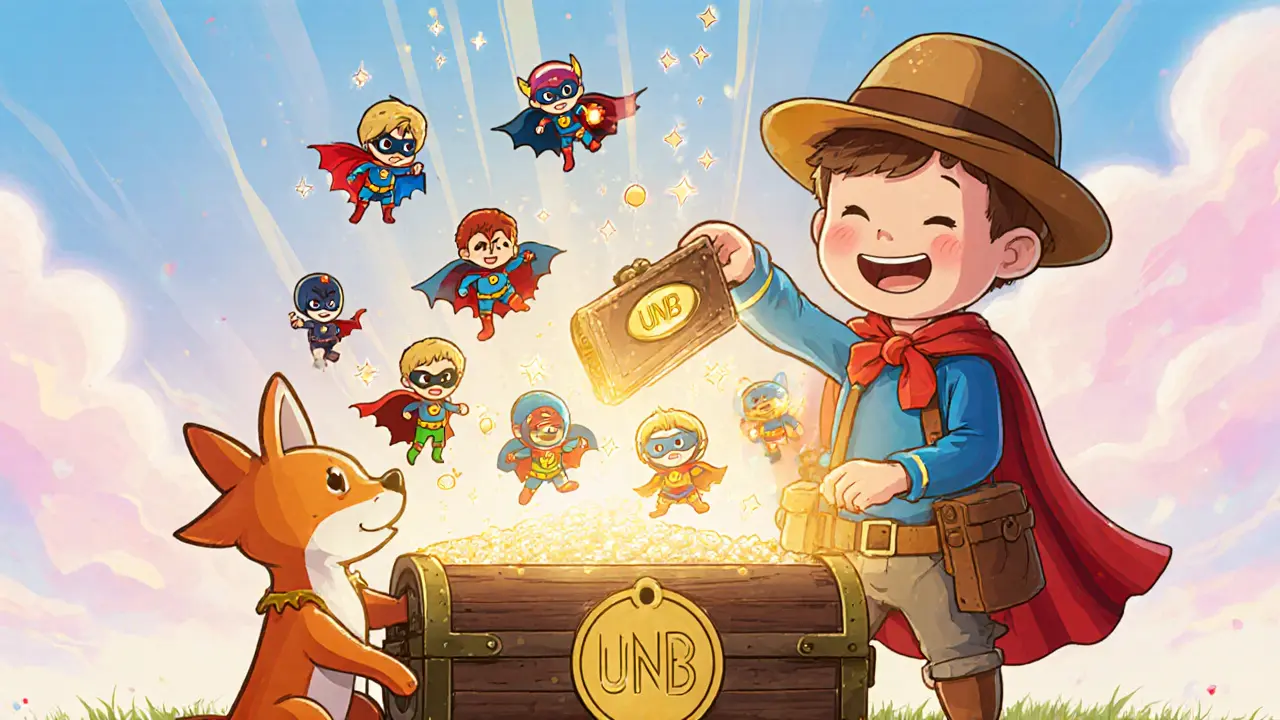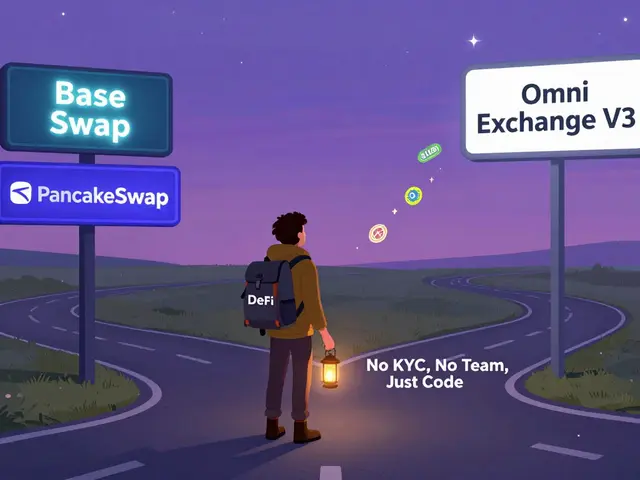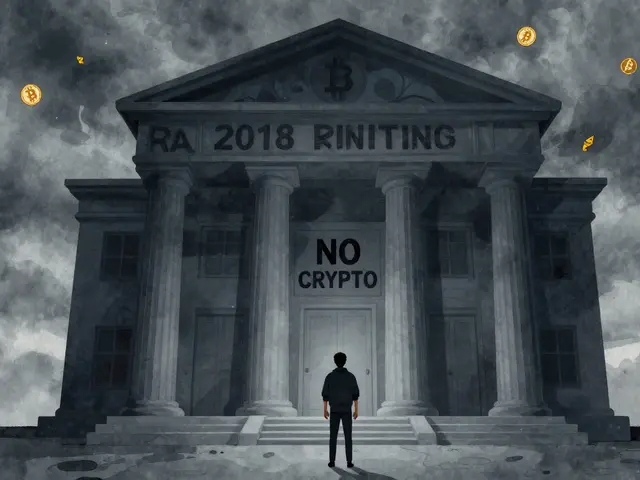NFT Airdrop: What It Is, How to Claim and Stay Safe
When working with NFT airdrop, a free distribution of non‑fungible tokens to eligible wallets, often used to grow a community or reward early users. Also known as crypto airdrop for NFTs, it blends blockchain tokenomics with promotional marketing. In the world of GameFi, games that combine gaming mechanics with financial incentives and token rewards, developers frequently launch NFT airdrops to attract new players and boost liquidity. Platforms like CoinMarketCap, a leading crypto market data site that aggregates airdrop campaigns and verification details often list claim pages, making it easier to spot legitimate opportunities.
Understanding an NFT airdrop starts with three core pieces: the token itself, the eligibility criteria, and the claim process. The token is usually a play‑to‑earn NFT, meaning owners can use it inside a game or marketplace to earn in‑game currency or real‑world value. Eligibility might be based on wallet activity, holding a specific token, or completing a simple task like following a social channel. The claim process often requires a compatible wallet (MetaMask, Trust Wallet, etc.), a small network fee to cover blockchain gas, and sometimes a verification step on the airdrop platform.
Key Elements of a Successful NFT Airdrop
First, compatibility matters. An NFT airdrop requires a wallet that supports the blockchain the token lives on – Ethereum, BSC, or newer layer‑2 solutions. Without the right wallet, the token will never appear in your account. Second, verification is crucial. Many projects use KYC or social‑media checks to filter out bots; failing the check means you’ll miss the drop. Third, security can’t be ignored. Scammers often clone popular airdrop pages, so always double‑check URLs and never share your private keys. Finally, timing plays a role: most airdrops have a claim window of 24‑72 hours, and missing it usually means the tokens are gone forever.
When you line up these elements, the airdrop experience becomes a low‑risk way to explore new NFTs and GameFi ecosystems. For example, the recent VerseWar VERSE token airdrop combined a play‑to‑earn NFT model with a CoinMarketCap promotion, offering players both in‑game assets and tradable tokens. Similarly, the CAKEBANK airdrop showed how small utility tokens can kick‑start a DeFi project, but only after users passed a wallet‑verification step. By looking at these case studies, you can spot patterns that separate genuine drops from pump‑and‑dump schemes.
Below you’ll find a curated selection of recent NFT airdrop analyses, step‑by‑step claim guides, and safety checklists. Whether you’re hunting for the next play‑to‑earn opportunity or just want to understand how GameFi projects use free tokens to grow, the posts ahead give you actionable insight without the fluff.
PlaceWar NFT Tank Drop Airdrop Details, Eligibility, and What to Watch For
Discover what we know about PlaceWar's NFT Tank Drop airdrop, eligibility clues, technical basics, and how to stay ready for the claim.
Moniwar Super Rare Pets Airdrop: Full Details & How to Join
Learn everything about Moniwar's Super Rare Pets airdrop, from token basics to eligibility, claim steps, risks, and how to stay updated.
Unbound (UNB) SuperHero NFT Airdrop Details & How to Join
Learn how to prepare for the Unbound (UNB) SuperHero NFT airdrop, what to expect, wallet setup, eligibility tips, and avoid scams.
